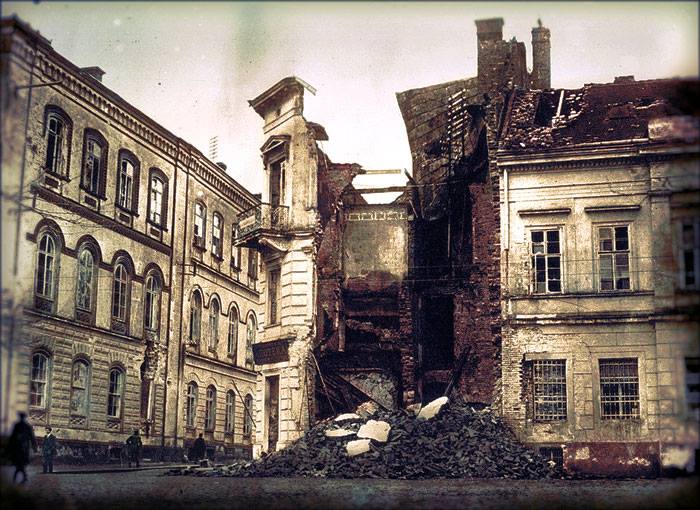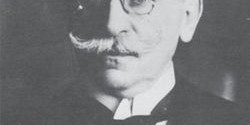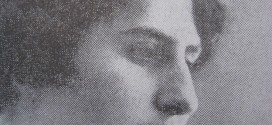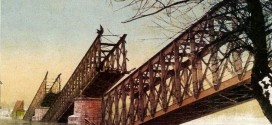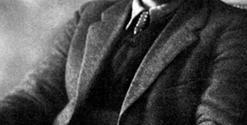At the start of WW1, eyes of the world and especially American public were pointed at Europe. Balkan front was the center of the events, as the line of Austria-Hungary’s army advance toward south. Every piece of news from that area was priceless in explaining events which, at that time, shaped the world. That’s why “New York Times” sent their chief correspondent from Berlin, Cyrus Brown, to visit fallen capitals and write about them.
Warsaw and Brussels were on his route. He wrote that they seem “nearly normal”. And then he came to Belgrade. He wrote an article on November 27th, 1915. Article came to Berlin via mail on December 3rd, and then via cable to New York. The article was published in the “Times” two months after the fall of Belgrade, on December 4th, 1915.
“Belgrade is dead”, wrote Brown. “This is the sorriest of three conquered capitals I have visited”. Disgusted and a little bit afraid, author gives picturesque display of empty houses, meals left half finished on the table, crushed buildings, ghostly and bleak atmosphere that wrapped the Belgrade in those days.
„You can roam for hours through the deserted streets, past the empty homes and ransacked stores, meeting only a few slinking Serbian women, the poorest of the poor, for all who could do so have fled. Of the 100.000 peace-time inhabitants, fewer than 20.000 remain, not countin lean and hungry dogs“
The article further speaks about the path along which von Mackensen’s units left only devastation and ruins, from Danube coast and Ada Ciganlija all the way to the heart of the city. Damaged buildings, remains of the barricades which represented Belgrade defense force’s last stand in front of Hotel Moscow are witnesses of fierce Austro-Hungarian army. From the discussion with Austrian officers, we can learn that they had respect for Serbs and their resistance. In the words of an old Austrian colonel: “The Serbs have more patriotism in their little finger than some of our other enemies have in their whole body”.
Endless caravans of Austrian soldiers with Russian prisoners of war are the only people who move in the streets. Author notices a group of Serbian refugees here and there. Serbian soldiers were either wounded or too exhausted from defending the city, so Russian prisoners had to repair the streets and clean Austrian tracks through Belgrade.
This text is valuable because it witnesses horrible period for Serbia from a different angle. It has great historic and documentary value, mostly because Americans used these kind of reports as a tool for developing a strategy for later involvement of US forces in WW1.
Source: serbia.com
 Управа за сарадњу с дијаспором и Србима у региону Управа за дијаспору
Управа за сарадњу с дијаспором и Србима у региону Управа за дијаспору
